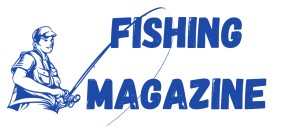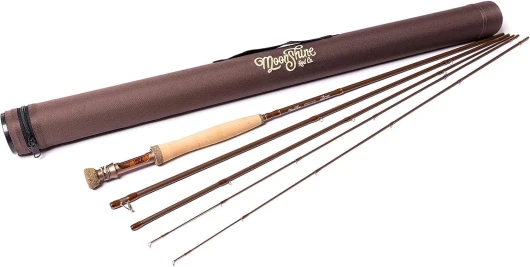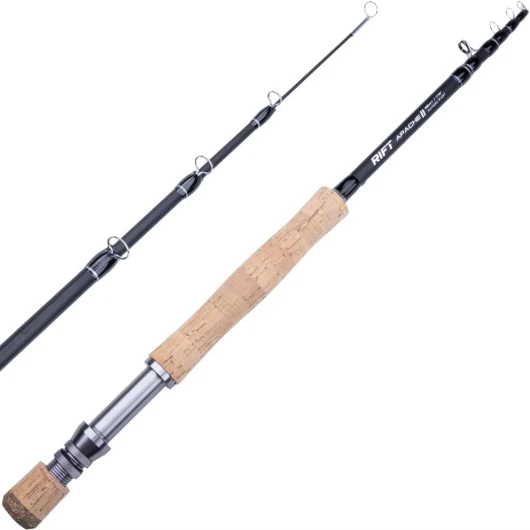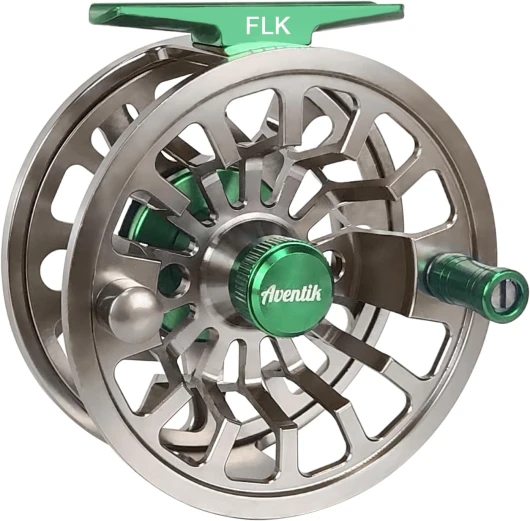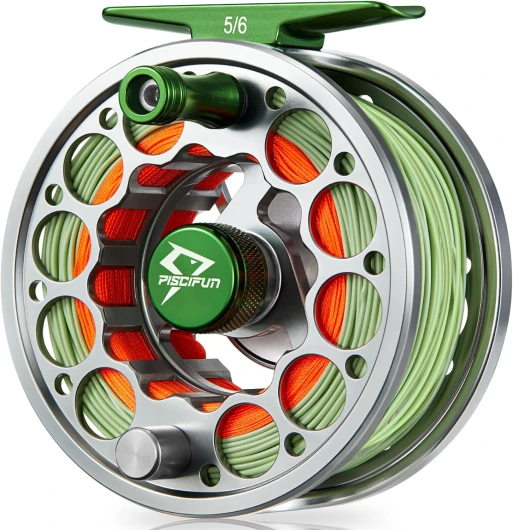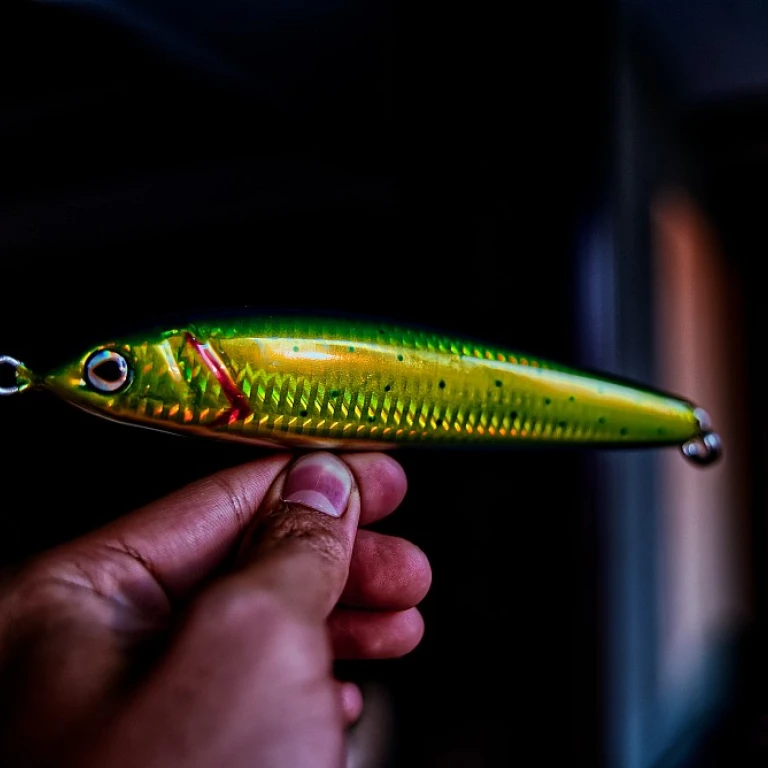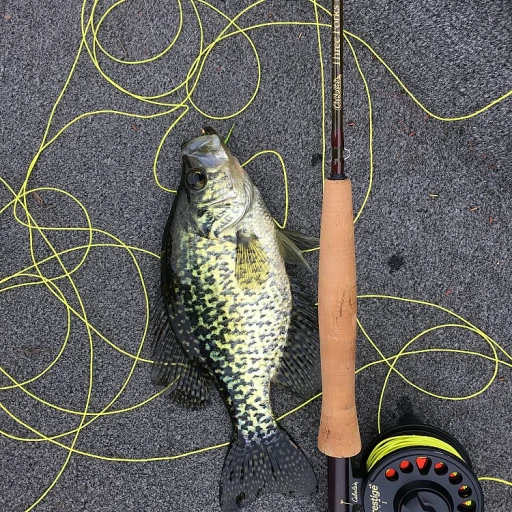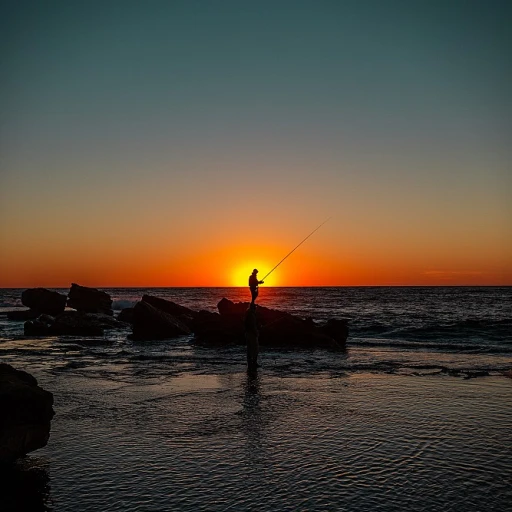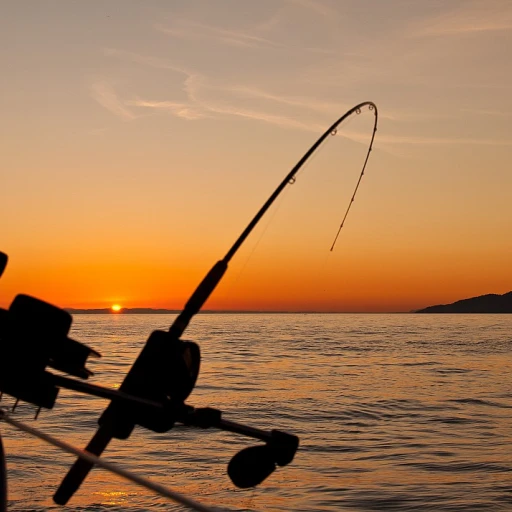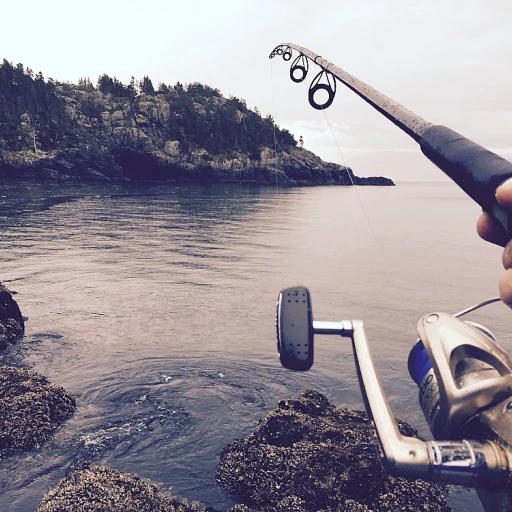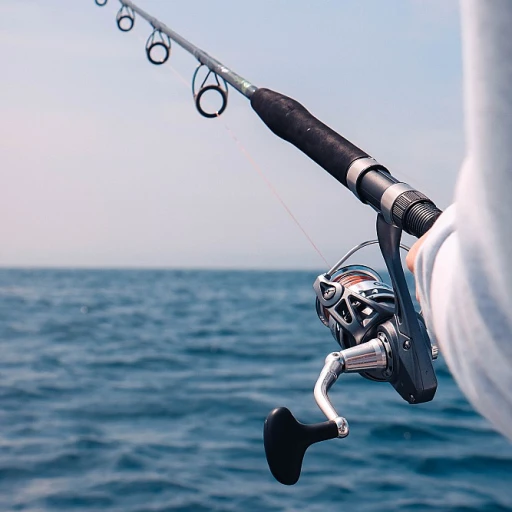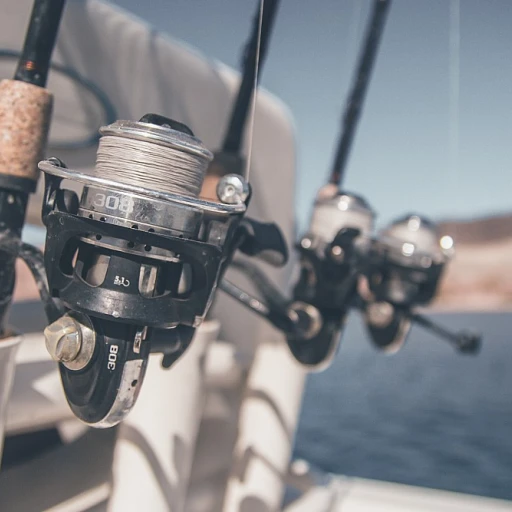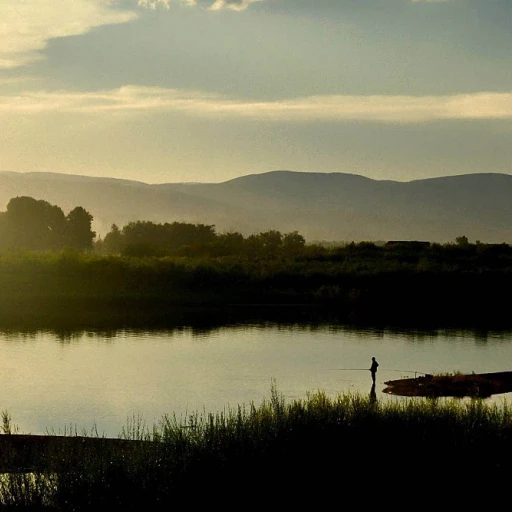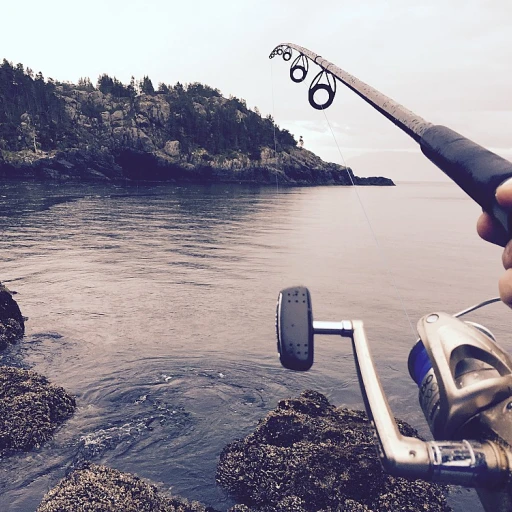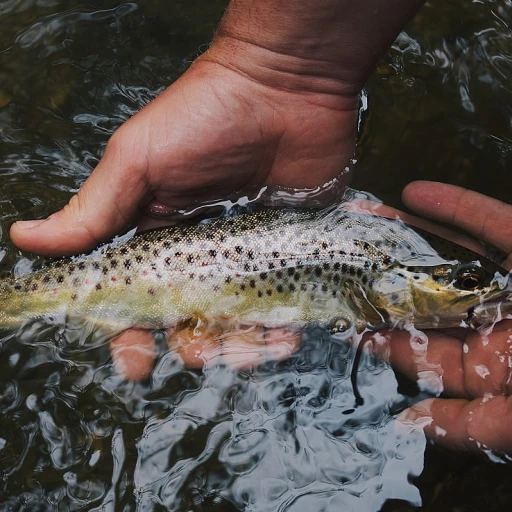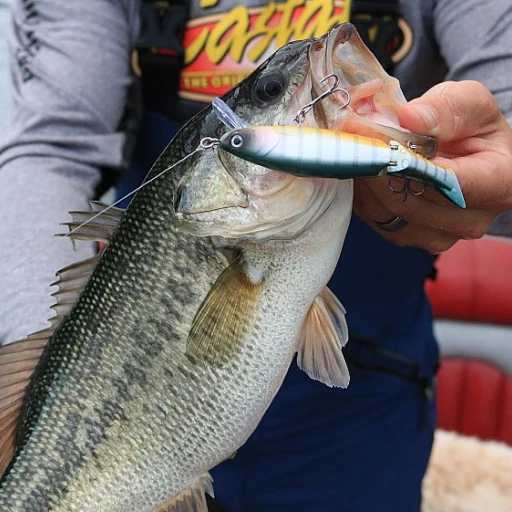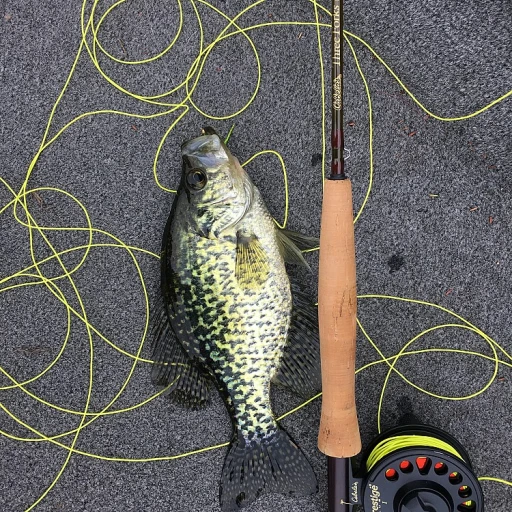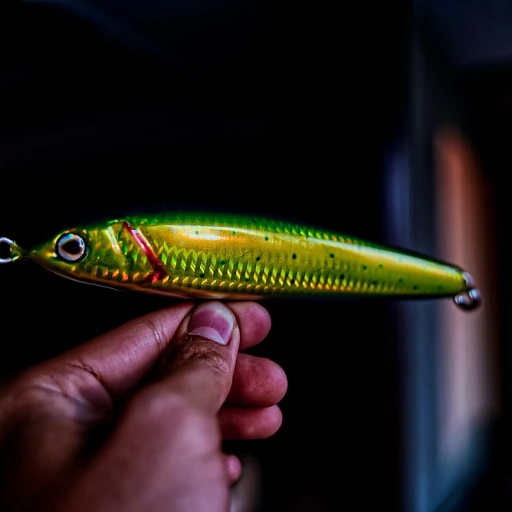
Understanding the RS II Fly
Exploring The Art Behind This Fly Pattern
The RS II Fly has long been regarded as a versatile contender in the world of fly fishing, offering unique opportunities for anglers, especially those targeting trout. Its popularity is not just a result of clever marketing or aesthetic appeal but rather a testament to its practical functionality and effective design. Unlike many flies, the RS II Fly is crafted with a meticulous attention to detail, making it suitable for various fishing conditions. This fly embodies the essence of what makes a fly fishing product truly remarkable – balance between form and function.
At its core, the RS II Fly is an emerger pattern, designed to imitate emerging insects during a hatch. One of its defining features is its resemblance to an Adams Gray, yet with nuanced distinctions that enhance its appeal to fish. Fly tiers often use a variety of materials, like fine thread and carefully selected feathers, to achieve a lifelike presentation on the water. The tie fly process involves precisely wrapping the hook shank to create a seamless appearance, often employing a wing that floats delicately on the surface, thanks to its dry fly characteristics. It's this attention to detail that sets the RS II apart from the average fly.
The RS II Fly's significance goes beyond its construction. It requires anglers to possess a certain level of skill and understanding of fly tying techniques. This fly is a true emergent tool in any fly fishing enthusiast's arsenal, promoting the kind of engagement and expertise found in more 'advanced' fly patterns, such as the stonefly nymph. For those eager to elevate their skills, understanding the uniqueness of each fly pattern, like the RS II Fly, offers a valuable learning curve.
For more on mastering the art of creating and utilizing effective fly patterns in your recreational fishing, explore this detailed guide. Recognizing how different patterns play different roles can significantly improve your success on the water.
Benefits of Using the RS II Fly
The Advantages of the RS II Fly in Your Tackle Box
The RS II Fly is a versatile tool in the world of fly fishing, offering numerous benefits that make it a favorite among anglers. Its design, which mimics an emerger, is particularly effective for trout fishing. The fly's ability to imitate the transition of a nymph to a dry fly is a key factor in its success. This versatility allows it to be used in various water conditions, making it a reliable choice for different fishing environments.
One of the standout features of the RS II Fly is its adaptability. Whether you're fishing in fast-moving streams or calm lakes, this fly performs well. The pattern is designed to sit just below the water's surface, enticing fish with its realistic movement. This makes it an excellent option for those targeting trout, as it can be used to effectively mimic the natural prey of these fish.
Another benefit is the ease of tying the RS II Fly. For those who enjoy fly tying, this pattern is straightforward and requires minimal materials. Using a hook shank, thread, and a few other basic components, anglers can tie flies that are both effective and economical. This simplicity in tying also means that anglers can quickly replenish their supply, ensuring they are always prepared for a day on the water.
In terms of cost, the RS II Fly offers great value. Its simple design means that it can be tied at a lower price point compared to more complex patterns. This affordability does not compromise its effectiveness, making it a smart choice for both novice and experienced anglers. Additionally, the RS II Fly's durability ensures that it can withstand multiple uses, further enhancing its cost-effectiveness.
For those interested in exploring more about fly tying, you can delve deeper into the art of fly tying kits to enhance your skills and expand your collection of flies.
Choosing the Right RS II Fly for Your Needs
Selecting the Optimal RS II Fly for Your Fishing Adventure
When it comes to enhancing your fly fishing experience with the RS II fly, choosing the right one for your specific needs can make all the difference. The RS II fly is celebrated for its versatility and can be adapted to various fishing conditions, making it a stellar choice for both beginners and experienced anglers.
Consider these factors when selecting the RS II fly:
- Water Conditions: Identifying the type of water you'll be fishing in is crucial. For dry fly conditions, an RS II with a good wing and dry pattern works well. In deeper waters, a nymph or emerger version may be more suitable.
- Size and Hook: Determining the appropriate size and hook is vital. Smaller flies work well for more timid fish or clearer waters, while larger patterns can attract attention in more turbid environments.
- Target Species: Tailor your choice based on the fish you're aiming to catch. For instance, trout fishing requires slightly different attributes in a fly, as opposed to other species.
- Price and Inventory Management: Factor in budget and availability. Some RS II flies can be more expensive than others. Assess the price but also consider quality, as suggested by reliable inventory management tips, especially if you're restocking or selling flies.
- Fly Tying Expertise: You can also explore tying your own RS II fly. This option allows customization according to specific preferences, whether it be the thread type or hook shank sturdiness.
Choosing the optimal RS II fly doesn't have to be overwhelming. By considering your environment and the species at hand, you can enhance your success significantly. For those interested in more tips on enhancing your overall fishing experience, check these fishing enhancements which might also be beneficial.
Tips for Maximizing Success with the RS II Fly
Enhancing Your Fly Fishing Experience
To truly maximize your success with the RS II Fly, it's essential to understand the nuances of fly tying and fishing techniques. The RS II Fly, known for its versatility, can be a game-changer when used correctly. Here are some tips to help you make the most of this fly:
- Match the Hatch: Observing the water and understanding the local insect life can significantly improve your chances. The RS II Fly can mimic various stages of insect life, from nymphs to emergers, making it a versatile option.
- Perfect Your Presentation: The way you present the fly can make a big difference. Practice casting techniques to ensure the fly lands softly on the water, mimicking the natural behavior of insects.
- Adjust for Water Conditions: The RS II Fly works well in different water conditions. Whether you're fishing in fast-moving streams or calm lakes, adjusting the weight and size of your fly can help it perform better.
- Experiment with Patterns: While the RS II Fly is effective in its standard form, experimenting with different patterns and colors can sometimes yield better results, especially in waters with high fishing pressure.
- Maintain Your Gear: Regularly check your hook shank and thread to ensure they're in good condition. A well-tied fly can make all the difference in attracting that elusive trout.
By following these tips, you can enhance your fly fishing experience and increase your chances of success with the RS II Fly. Remember, practice and patience are key in mastering the art of fly fishing.
Common Challenges and Solutions
Overcoming Typical Issues with RS II Flies
Using the RS II fly can indeed offer remarkable results in fly fishing, but it comes with its own set of challenges. To maximize effectiveness, it’s crucial to recognize and address these common obstacles. One common issue anglers face is achieving the correct presentation of the fly on the water. Since RS II flies can be used as both nymphs and emergers, understanding their performance in the water is essential. Ensure that your fly fishing technique allows the fly to sit properly on the hook shank, enhancing its appearance as a true emerger. Another challenge is managing the fly’s buoyancy, particularly when using it in a dry fly setup. Employing the right kind of wing materials and ensuring that your dry fly patterns are tied correctly can significantly enhance floatation. Incorporating a combination of thread and hook selection suited to the RS II fly’s intended use—whether it is for trout, null, or water varieties—is just as important. Size truly matters in fly tying and fishing, and the RS II fly is no exception. Experimenting with different size options can make all the difference in your success rate. Adjust your fish approach according to trout behavior and water conditions to ensure the null patterns provide the expected efficiency. Price considerations often come into play when selecting flies. However, selecting high-quality materials for your fly tying endeavors can prove to be a value-driven choice. Explore comparing price options and weight considerations to strike the perfect balance between quality and performance. Inventory management, especially when dealing with a variety of fly patterns such as the RS II, requires thorough plan allocations and proper management strategies. Incorporating systems like inventory management services and shopify barcode can streamline false selling concerns, allowing you to focus on aspect of tying flies for the best fishing experience. Finally, don’t underestimate the importance of fishing conditions. Evaluate water temperature, flow, and clarity as these factors directly influence the effectiveness of your chosen emerger pattern. By recognizing and addressing these challenges, you’ll improve your proficiency and enjoyment in using the versatile RS II fly.The Future of RS II Fly in Recreational Fishing
Innovations and Emerging Trends
The RS II Fly is not just a staple in the current fly fishing scene; it is also paving the way for future innovations. As anglers continue to explore the versatility of this fly, manufacturers are responding with new materials and designs that enhance its effectiveness. The integration of advanced materials in fly tying, such as synthetic fibers, is making the RS II Fly more durable and realistic, which is crucial for attracting wary trout and other fish species.
Environmental Considerations
With the growing awareness of environmental impacts, the future of the RS II Fly also involves sustainable practices. Fly tying enthusiasts are increasingly opting for eco-friendly materials that do not compromise on performance. This shift not only benefits the environment but also aligns with the values of conscientious anglers who prioritize sustainability in their fishing practices.
Technological Advancements in Fly Fishing
Technology is playing a significant role in the evolution of fly fishing, and the RS II Fly is no exception. From inventory management systems like Shopify to track fly patterns and sizes, to advanced fly tying techniques shared through online platforms, technology is enhancing the accessibility and efficiency of fly fishing. These advancements are helping anglers to better manage their gear and improve their fishing strategies.
Market Dynamics and Consumer Preferences
The market for fly fishing products, including the RS II Fly, is influenced by consumer preferences and economic factors. As anglers seek flies that offer a balance between price and performance, the RS II Fly remains a popular choice due to its proven track record and adaptability. Retailers are adjusting their selling plans to meet the demands of both seasoned anglers and newcomers, ensuring that the RS II Fly remains a staple in fly boxes worldwide.
Conclusion
The RS II Fly is more than just a tool for catching fish; it is a symbol of the evolving landscape of recreational fishing. As anglers continue to push the boundaries of what is possible with this versatile fly, the future looks promising. Whether you are a seasoned fly fisher or a beginner, the RS II Fly offers a reliable option for enhancing your fishing experience.
